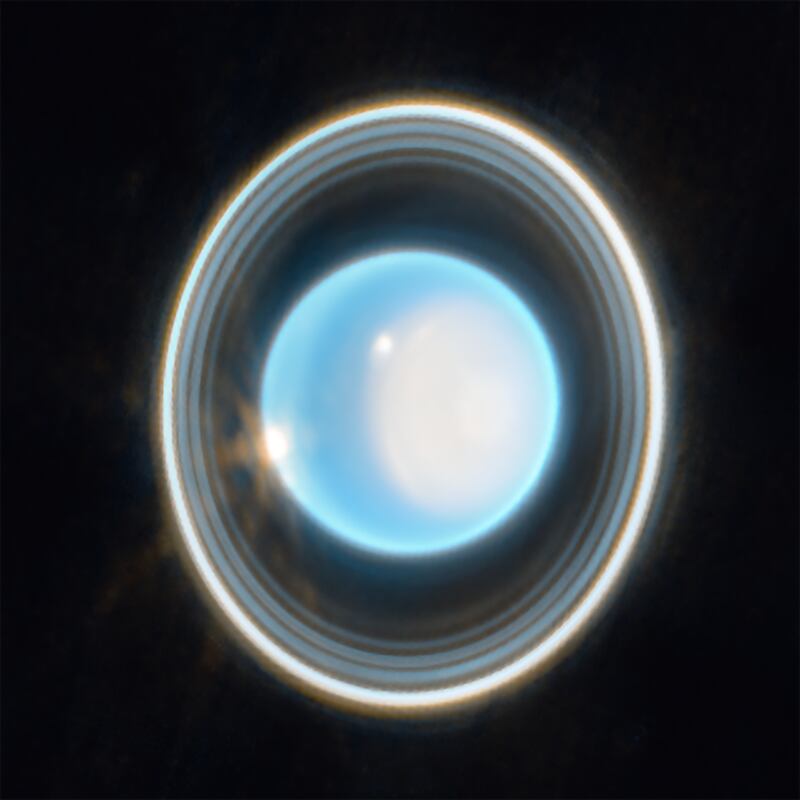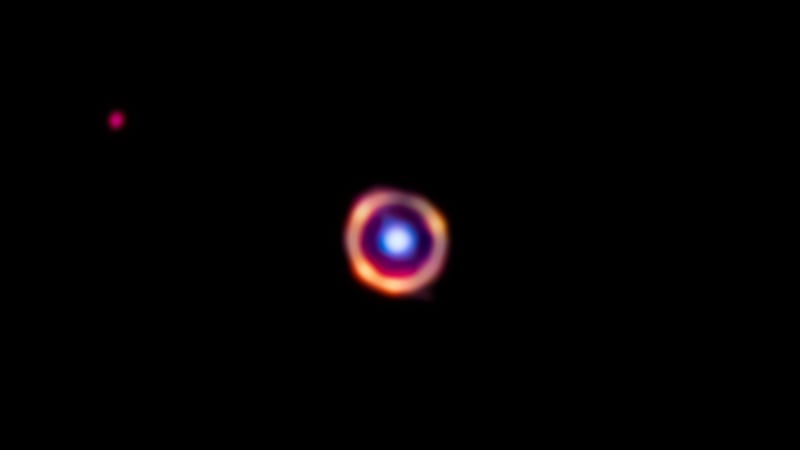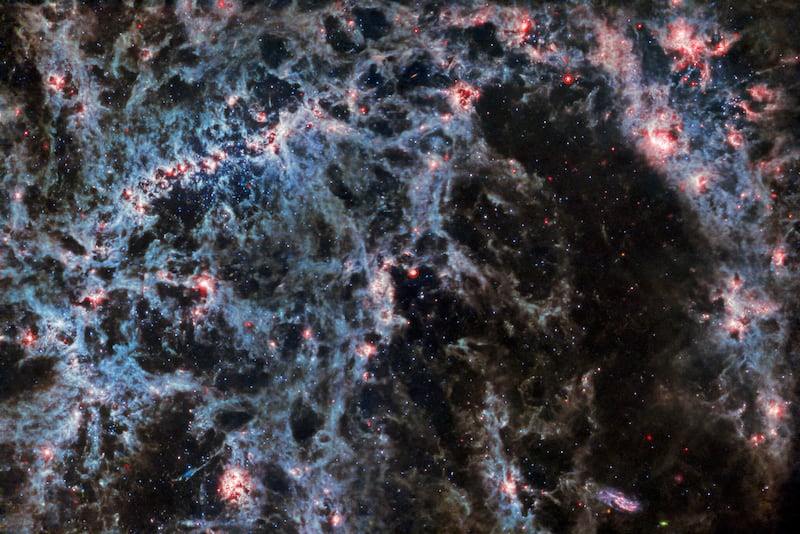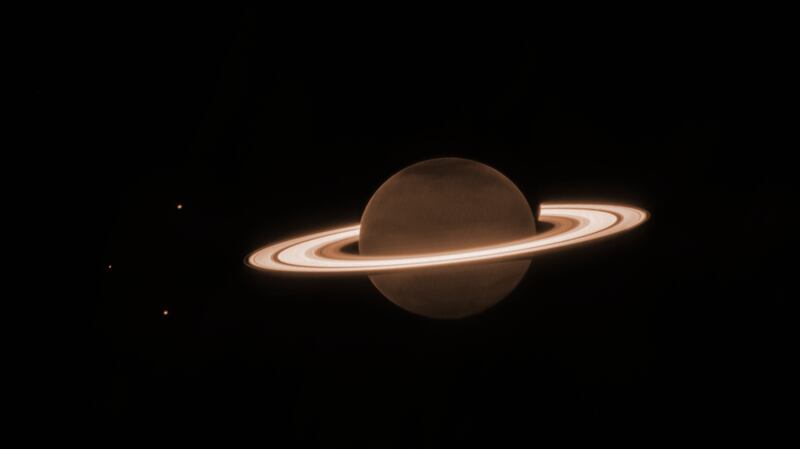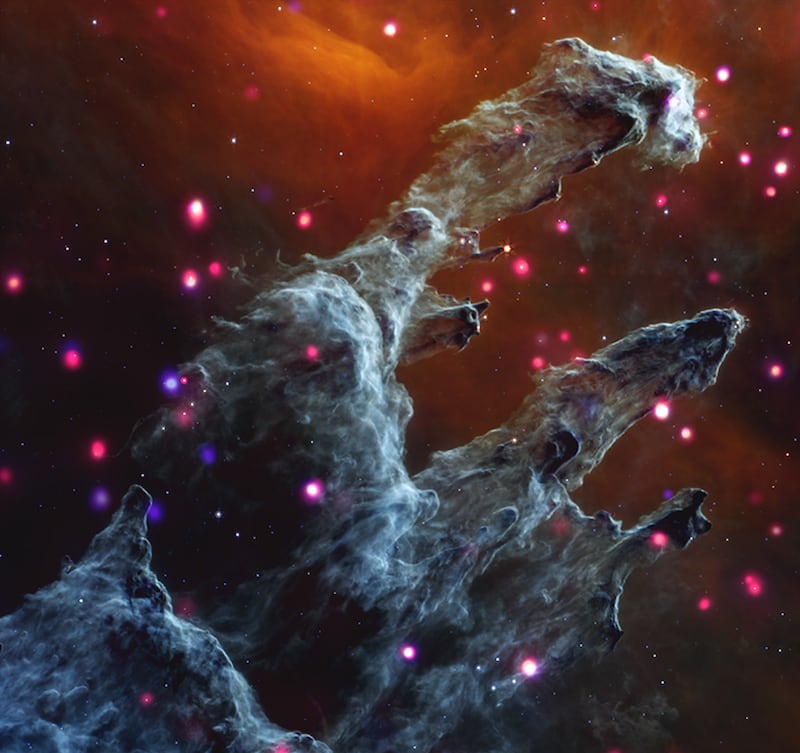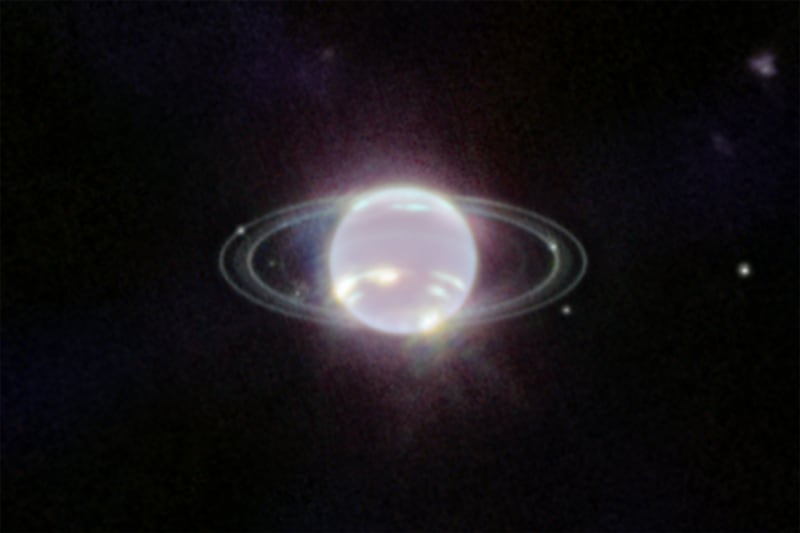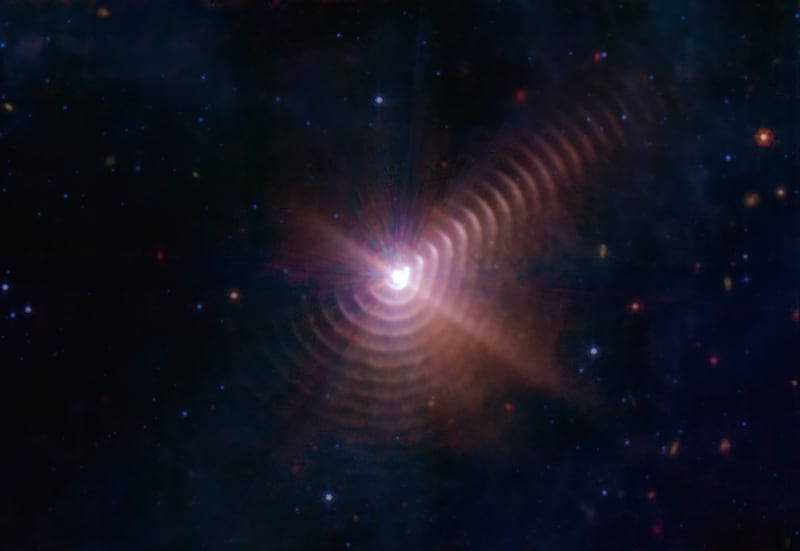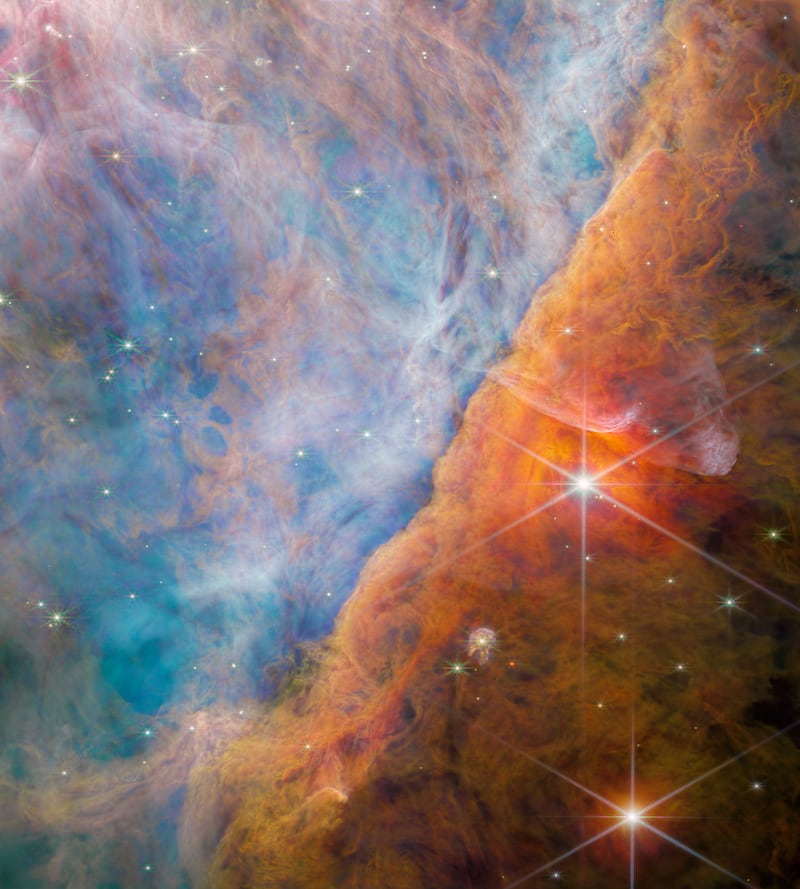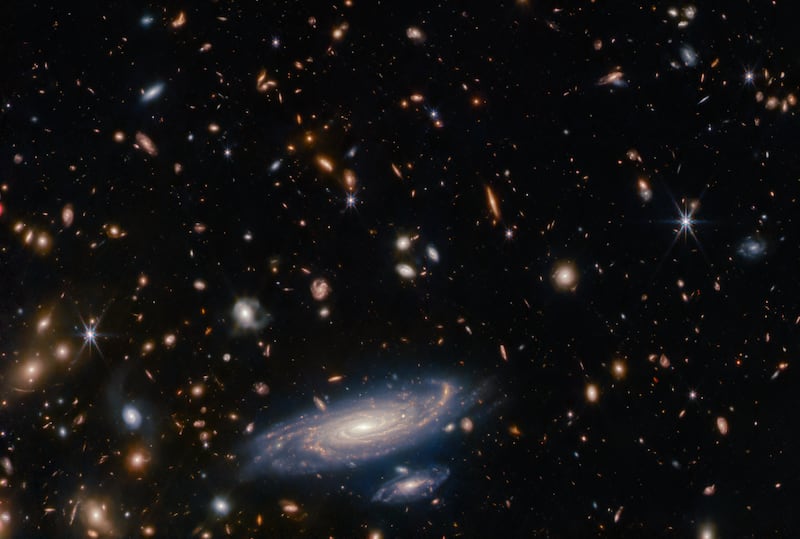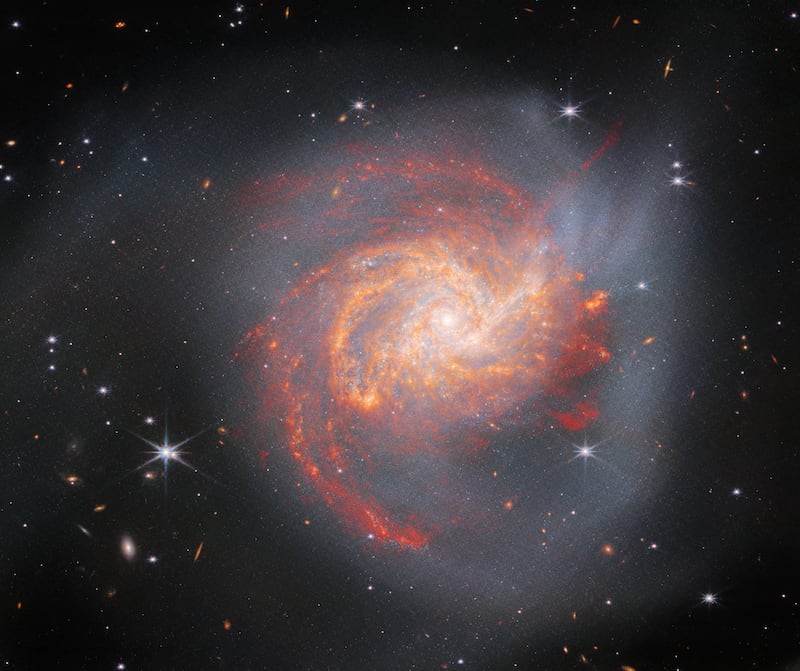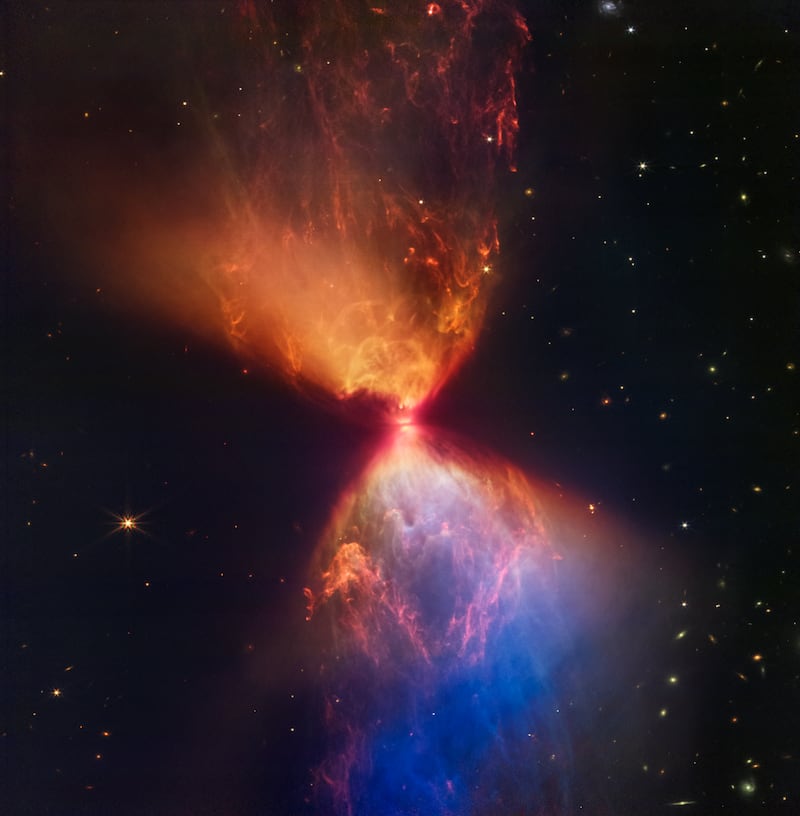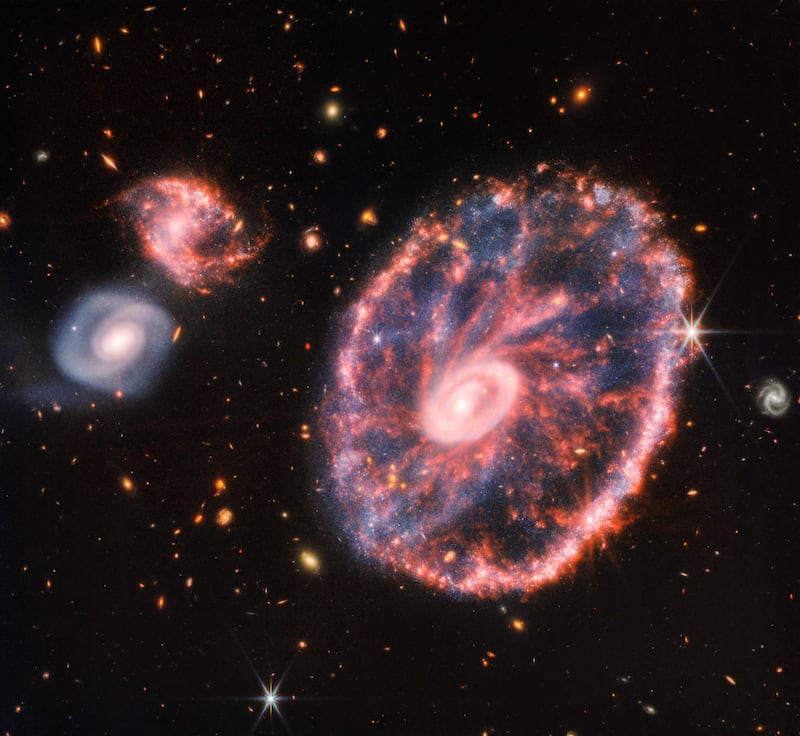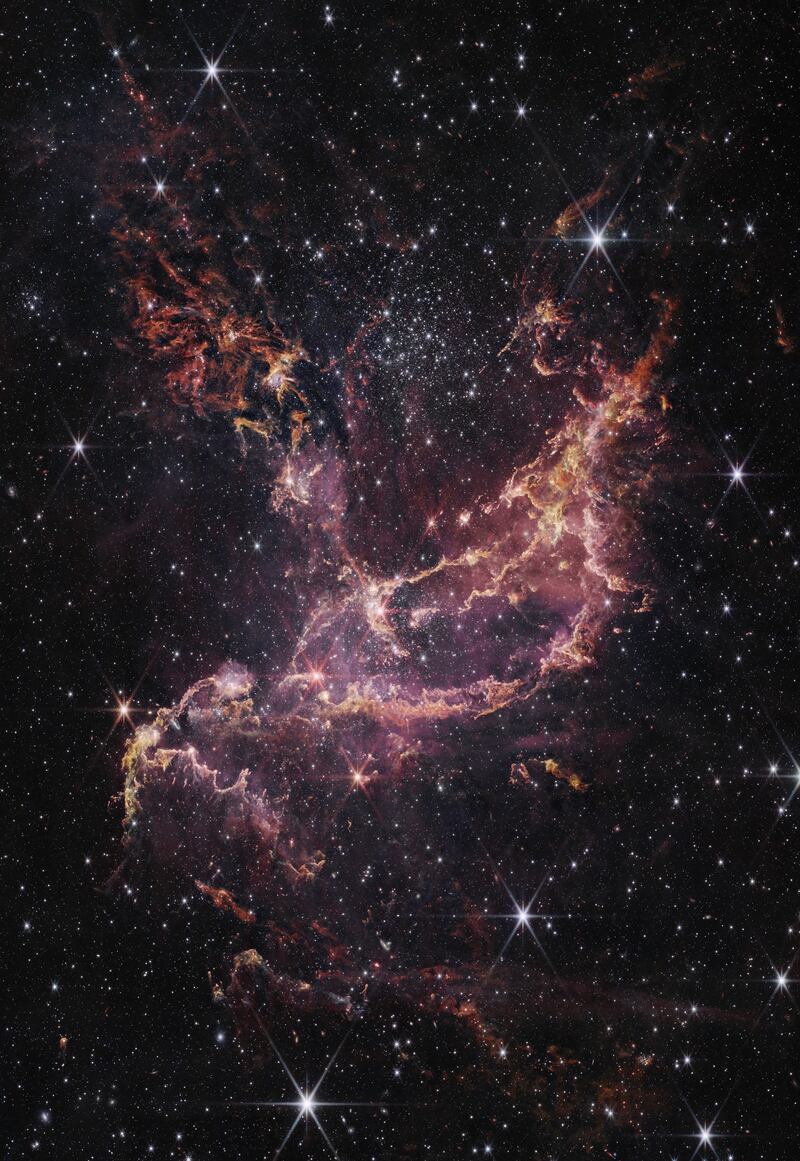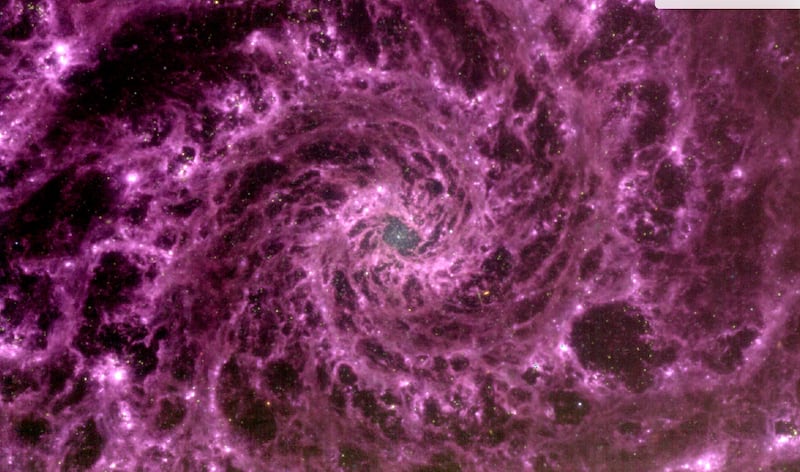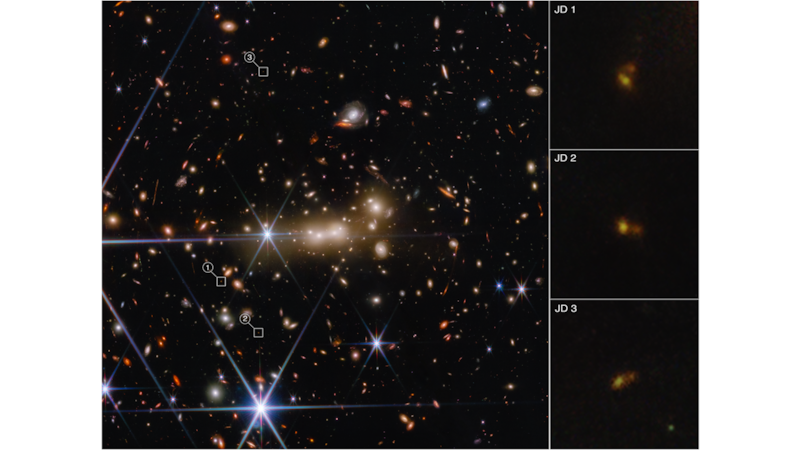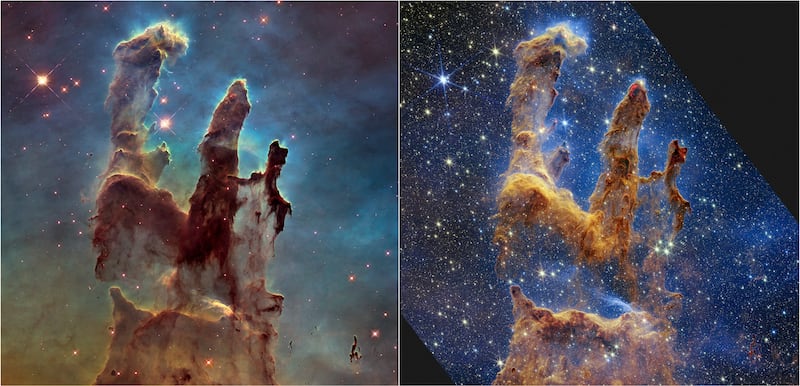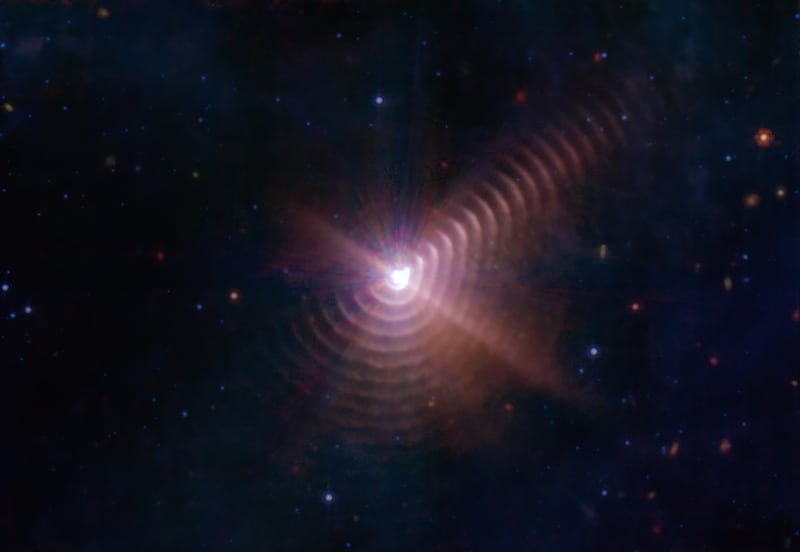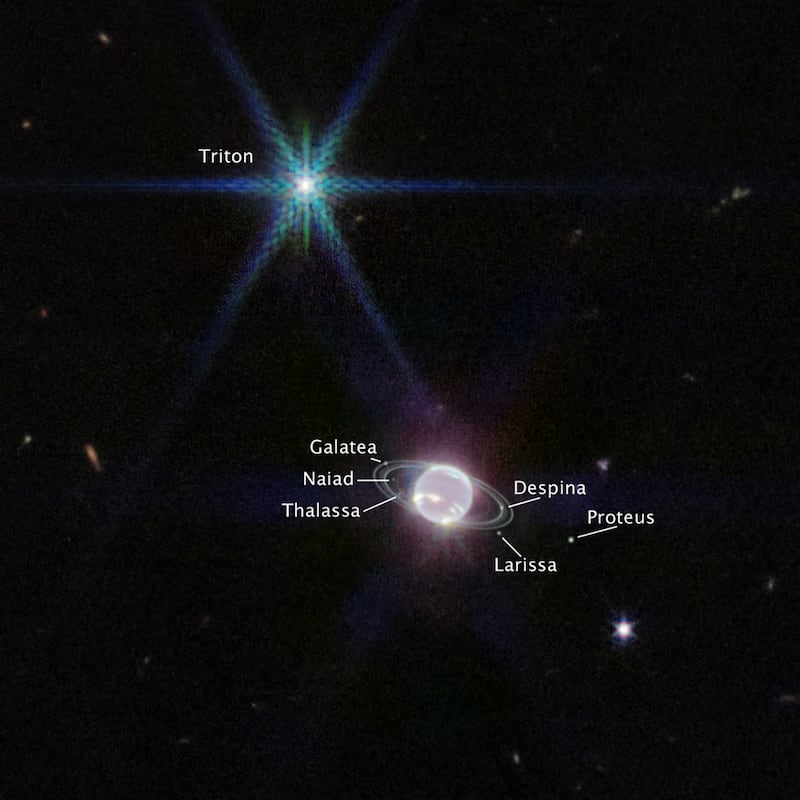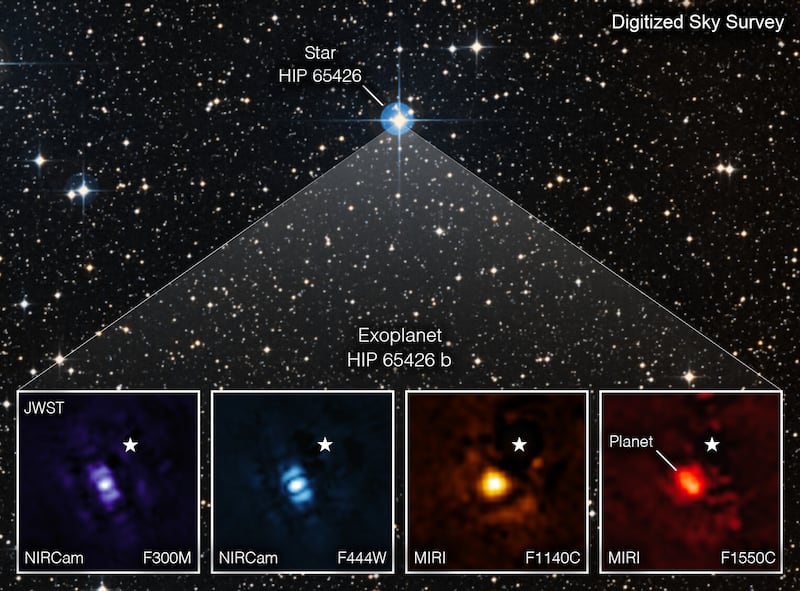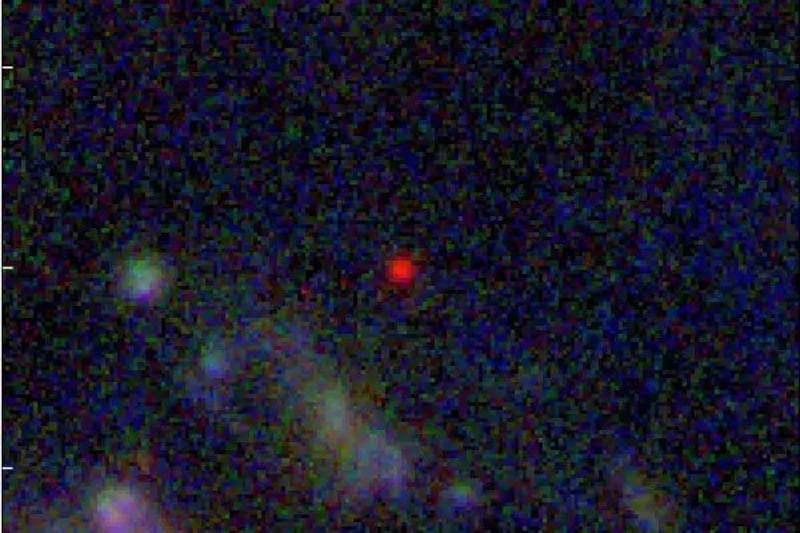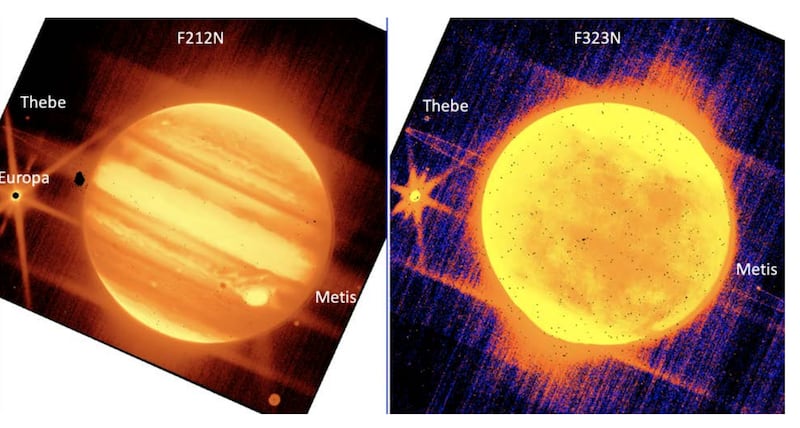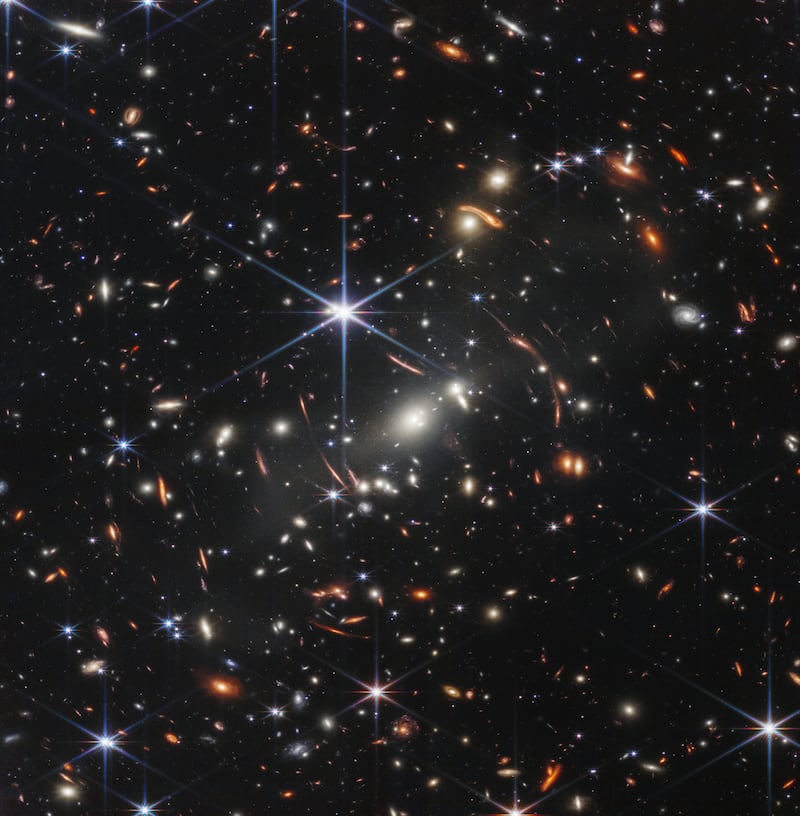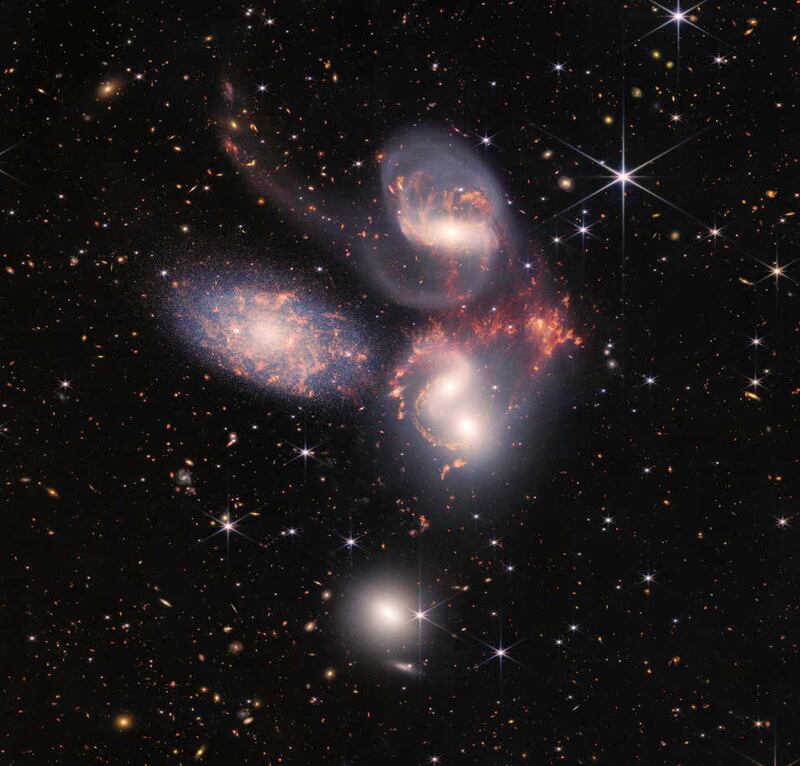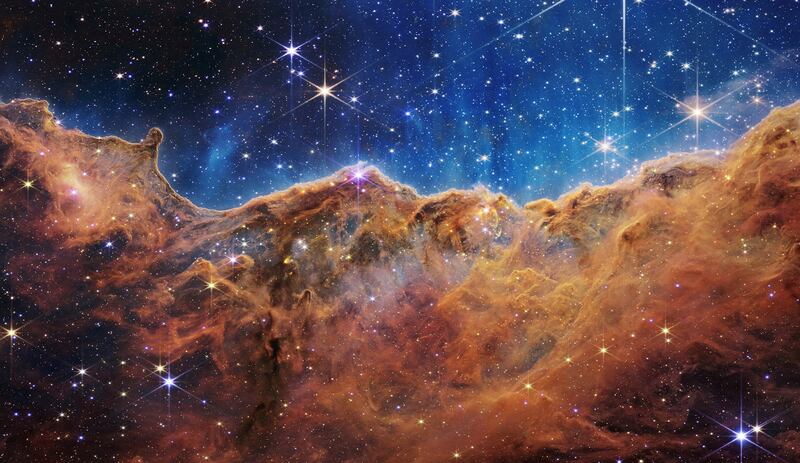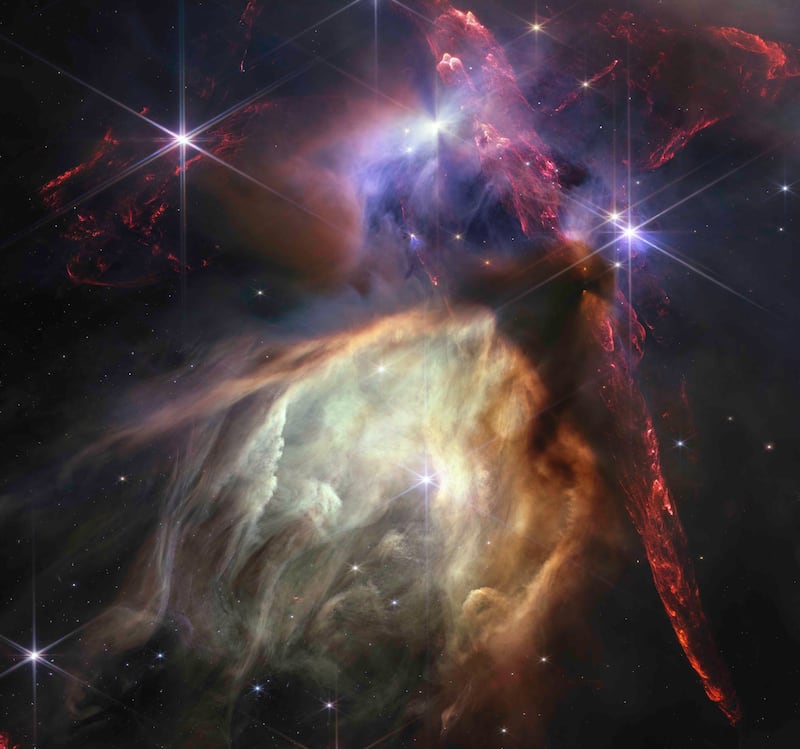A striking image of Jupiter, our solar system’s largest planet, was captured by the James Webb Space Telescope.
It shows the planet’s giant rings and its icy moon, Europa.
On Tuesday, the first set of images from the world’s most powerful space observatory was released. They included views of galaxy clusters, stars' births and deaths and the atmosphere of an enormous gas planet.
But, the $10 billion telescope is also observing planets in our solar system, with a photo of Jupiter taken as a test shot before science operations began.
Bryan Holler, a scientist at the Space Telescope Science Institute in Baltimore, Maryland, who helped to plan these observations, said that the image demonstrates the telescope's capabilities.
“Combined with the deep field images released the other day, these images of Jupiter demonstrate what Webb can observe, from the faintest, most distant observable galaxies to planets in our own cosmic backyard that you can see with the naked eye from your actual backyard,” he said.
Nasa releases new batch of James Webb Telescope images
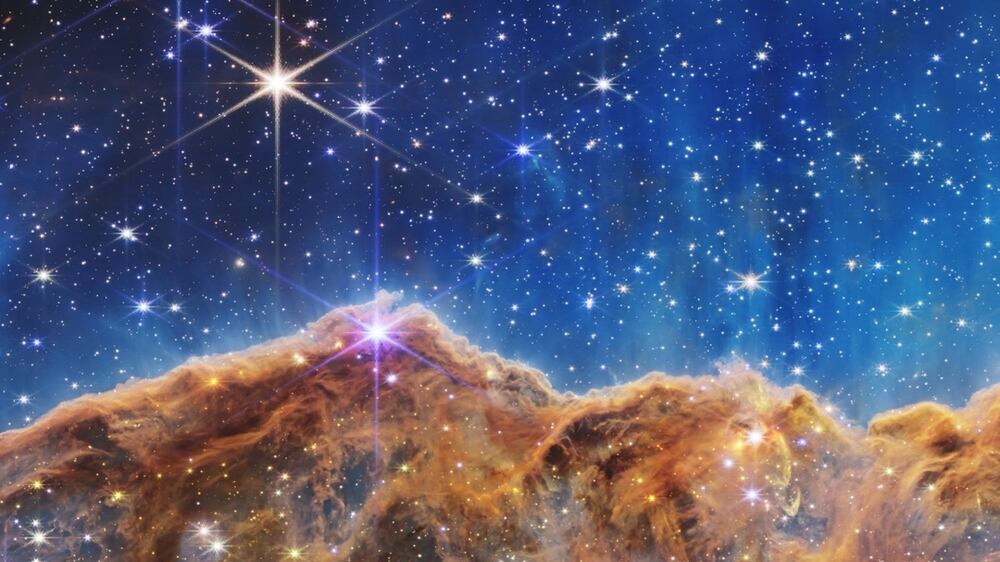
The image shows some of the features the gas giant is famous for, including its Great Red Spot, a high-pressure region in its atmosphere that is big enough to swallow the Earth.
On the left of the planet, Europa is visible, a moon that is likely to have an ocean below its icy crust.
Other visible moons in these images include Thebe and Metis.
Stefanie Milam, Webb’s deputy project scientist for planetary science at Nasa’s Goddard Space Flight Centre, said the telescope’s abilities were “exciting”.
“I couldn’t believe that we saw everything so clearly and how bright they were,” she said.
“It’s really exciting to think of the capability and opportunity that we have for observing these kinds of objects in our solar system.”
The images helped to prove that Webb can observe satellites and rings near bright solar system objects such as Jupiter, Saturn and Mars.
Scientists will use the telescope to explore questions of whether we can see plumes of material spewing out of moons like Europa and Saturn’s moon Enceladus.
Webb may also be able to see the signatures of plumes depositing material on the surface on Europa.
“I think that’s just one of the coolest things that we’ll be able to do with this telescope in the solar system,” Dr Milam said.
The telescope was launched on Christmas Day 2021, from a spaceport in French Guiana.
It will observe galaxies that formed almost 13.8 billion years ago, shortly after the Big Bang.
It will also capture data on atmospheres of planets outside of our solar system, referred to as exoplanets.
Scientists hope that the observations will help answer questions about the universe, including life beyond Earth and the evolution of the universe.
